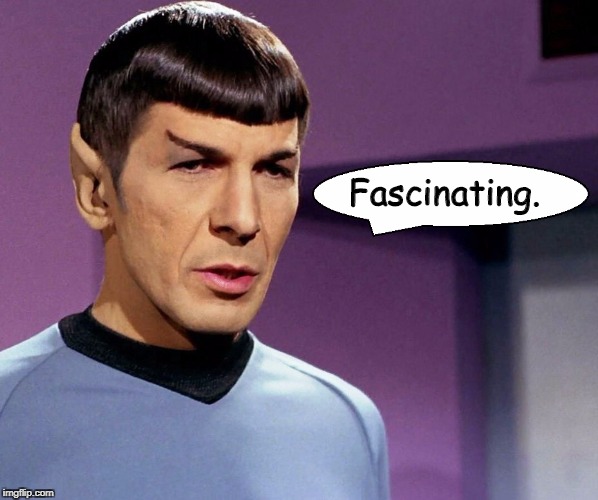In this scenario the ROB after reading the Book After Man and seeing the mini documentary series The Future is Wild. The ROB just looks and says.
What the Fuck were they smoking????
So the ROB has tasked you with the creation of 3 Future Animals that make sense. You are given 3 time periods to choose from. 10 million years from now. 65 Million years from now. And 1 Billion years from now.
So with your task create some animals to make the ROB proud.
I will start it off.
10 Million years in the Future.
The Neo Smilodon:
A species of large predatory cat the size of a Siberian Tiger. It is descended from the common House Cat. This Animal lives in the Northern Latitudes of North America. It is the return of the Sabertooth design sporting 8 inch Saber Teeth. They hunt the various future Herbivores in the forests and tundra of the far north. They are solitary animals only coming around others of it's kind for mating. Average lifespan for Neo Smilodons are 15 years.
65 Million Years in the Future
The Sea Dragon:
A species of immense crocodilian that is descended from the Saltwater Crocodile. This animal has become completely aquatic forsaking the land completely. It is among the largest animals on Earth. A 70ft Behemoth that weighs as much as a Finback Whale. They prey on Mega Fish, Giant Squid and Future Whales. Not being able to return to dry land they give birth to live young. The Average lifespan of the Sea Dragon is 150 years. They live in all of the worlds oceans except the Arctic and Antarctic.
1 Billion Years in the Future
The Corvans:
A species of highly intelligent Avians. They are the descendants of the Ravens of the very ancient past. Their ancestors survived numerous mass extinctions is one of the few ancient lines that made it to the 1 billion year mark. Unlike their ancestors however. They can't fly. They have become ground dwelling creatures. Their wings have become arms and have increased in size to beings 5ft in height. They also have become the new intelligent race on the planet. They resemble hominids in their bipedal stance and have mastered stone tool use. They live in hunter gather bands in the Northern Super Continent Hunting future herbivores and carnivores alike. A few bands have begun to experiment with agriculture in growing a been like plant. Given time the Corvans will take on the role Humans did on ancient Earth.
What the Fuck were they smoking????
So the ROB has tasked you with the creation of 3 Future Animals that make sense. You are given 3 time periods to choose from. 10 million years from now. 65 Million years from now. And 1 Billion years from now.
So with your task create some animals to make the ROB proud.
I will start it off.
10 Million years in the Future.
The Neo Smilodon:
A species of large predatory cat the size of a Siberian Tiger. It is descended from the common House Cat. This Animal lives in the Northern Latitudes of North America. It is the return of the Sabertooth design sporting 8 inch Saber Teeth. They hunt the various future Herbivores in the forests and tundra of the far north. They are solitary animals only coming around others of it's kind for mating. Average lifespan for Neo Smilodons are 15 years.
65 Million Years in the Future
The Sea Dragon:
A species of immense crocodilian that is descended from the Saltwater Crocodile. This animal has become completely aquatic forsaking the land completely. It is among the largest animals on Earth. A 70ft Behemoth that weighs as much as a Finback Whale. They prey on Mega Fish, Giant Squid and Future Whales. Not being able to return to dry land they give birth to live young. The Average lifespan of the Sea Dragon is 150 years. They live in all of the worlds oceans except the Arctic and Antarctic.
1 Billion Years in the Future
The Corvans:
A species of highly intelligent Avians. They are the descendants of the Ravens of the very ancient past. Their ancestors survived numerous mass extinctions is one of the few ancient lines that made it to the 1 billion year mark. Unlike their ancestors however. They can't fly. They have become ground dwelling creatures. Their wings have become arms and have increased in size to beings 5ft in height. They also have become the new intelligent race on the planet. They resemble hominids in their bipedal stance and have mastered stone tool use. They live in hunter gather bands in the Northern Super Continent Hunting future herbivores and carnivores alike. A few bands have begun to experiment with agriculture in growing a been like plant. Given time the Corvans will take on the role Humans did on ancient Earth.


